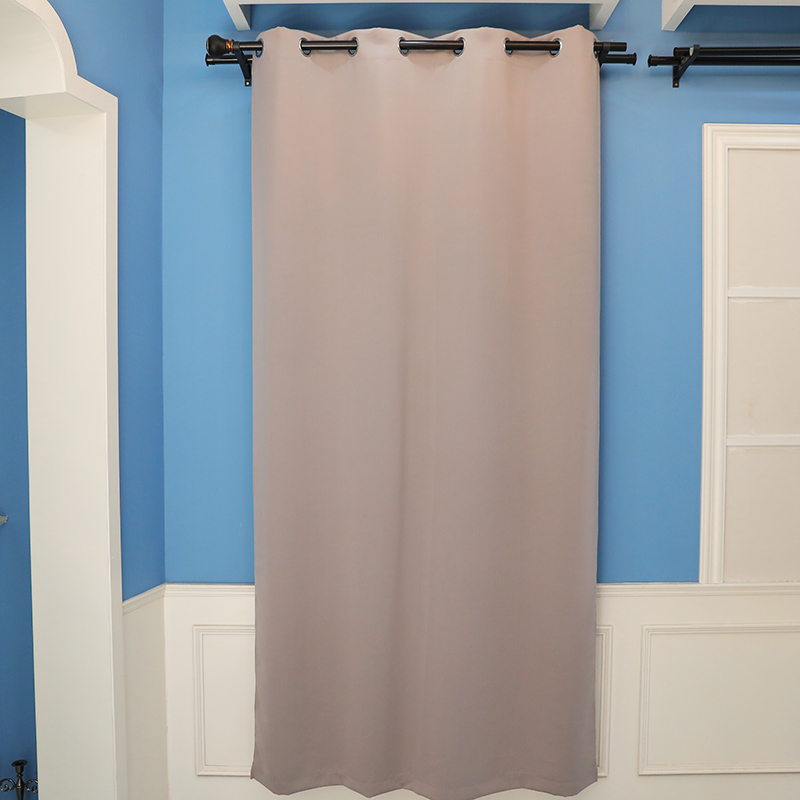How to properly clean and maintain simple plain blockout curtain to ensure their service life?
Posted by Admin
Dust Regularly: Regular dusting helps maintain the curtain’s appearance and functionality. Use a vacuum cleaner equipped with a soft brush attachment to gently lift dust particles from the surface without causing friction. Alternatively, a lint roller with adhesive sheets can be employed to remove dust and small debris. For delicate fabrics, a dry microfiber cloth can be used to gently wipe the surface. Establish a regular cleaning schedule, ideally every one to two weeks, to prevent dust accumulation, which can lead to more stubborn dirt build-up and diminish the blockout capabilities.
Spot Clean Stains: Address stains immediately to prevent them from setting. For results, use a clean, white cloth or sponge to gently blot the stain, absorbing as much of the liquid as possible without spreading it further. Apply a small amount of a mild detergent or stain remover that is safe for the fabric type. Blot the area with the detergent solution, working from the outside edges toward the center to avoid spreading the stain. Rinse the area with a damp cloth and blot dry. For stubborn stains, consider consulting a professional cleaner experienced with blockout curtains.
Machine Wash or Hand Wash: If the care label permits machine washing, use a gentle or delicate cycle with cold water to prevent fabric damage. Add a small amount of mild detergent designed for delicate fabrics to the washing machine. To prevent damage from agitation, consider placing the curtains in a mesh laundry bag. If hand washing, fill a basin with cold water and a mild detergent, then gently agitate the water. Immerse the curtains and gently swish them through the water. After washing, rinse thoroughly with cold water until all detergent is removed. Avoid wringing or twisting the fabric, as this can distort its shape and affect its blockout properties.
Avoid Harsh Chemicals: Harsh chemicals, such as bleach, strong detergents, or solvent-based cleaners, can significantly damage the fabric of blockout curtains. These substances can weaken the fibers, cause discoloration, and compromise the fabric’s ability to block out light. Opt for mild, pH-balanced detergents specifically formulated for delicate fabrics. If you’re unsure about the safety of a cleaning product, test it on a small, inconspicuous area of the curtain before applying it more broadly.
Dry Properly: After washing, it is best to air dry blockout curtains to maintain their shape and effectiveness. Hang them on a curtain rod or line dry them in a well-ventilated area. Ensure they are fully extended to prevent wrinkles and maintain their original shape. If machine drying is permitted by the care label, use a low heat setting to minimize the risk of heat damage. Overheating can cause shrinkage or distort the fabric’s blockout properties. Always ensure the curtains are completely dry before rehanging them to avoid the growth of mold or mildew.
Avoid Direct Sunlight: To preserve the integrity and color of blockout curtains, minimize their exposure to direct sunlight. UV rays can cause fabric fading, weakening of fibers, and degradation of blockout performance over time. If possible, use additional window coverings like blinds or shades to shield the curtains from direct sunlight. Consider installing curtains in areas that receive indirect light or using UV-filtering window films to reduce the impact of sunlight.
Simple plain blockout curtain for home and office



 English
English Español
Español













